When it comes to establishing a beautiful, lush lawn, one of the most common considerations homeowners must make is whether to install artificial turf or natural sod.
While both types of lawns have individual pros and cons, each lawn also has its differences. If you’re struggling to choose between natural sod and artificial turf, it’s important to understand the advantages of each lawn.
Lawn Maintenance
When searching for a low-maintenance lawn, it’s easy to assume that artificial turf is the best choice since it’s not a living product. While it’s true that artificial turf doesn’t require the time-consuming maintenance of traditional sod, homeowners must still regularly care for their synthetic lawns to keep the blades in top condition.
In addition to routine vacuuming and raking, artificial lawns require regular brushing and treatment against bacteria. Artificial turf may also wear out over time, whereas natural sod will continue growing strong with proper care. Although natural lawns require regular mowing, watering, fertilizing and treatments to fight diseases and pests, it’s easier to care for as it doesn’t need to be replaced entirely.
Environmental Friendliness
Natural lawns far exceed environmental benefits artificial turfgrass offers. Contrary to popular belief, natural lawns actually don’t take up that much water, especially if you install some of these improved, drought tolerant varieties and conduct an irrigation audit to ensure proper irrigation amounts.
According to our article on the Environmental Impacts of Artificial vs. Natural Turfgrass: “Chemicals of concern may be found in any of the synthetic materials used in artificial turf. Particular concerns have been raised about the use of recycled tire materials used as an infill to hold artificial turfgrass in place and to provide cushioning.
“There are several environmental concerns associated with artificial turf including loss of wildlife habitat, contaminated runoff, and migration of synthetic materials. Contaminants that are harmful to aquatic life, such as zinc, have been found in stormwater runoff from artificial turf.
“Artificial turf can become much hotter than natural grass on a warm day. Experts note that high temperatures may lead to potentially life-threatening heat-related illnesses for users, especially athletes. A number of studies have measured high temperatures on artificial turf, some as high as 160ºF.”
In comparison to artificial turf, natural sod is a living organism, so it’s an overall better option for the environment. Natural lawn environmental benefits include:999 Air Cleansing: Natural lawns cleanse the air of dust, dirt, carbon dioxide and other impurities.
CO2 Reduction: Natural lawns capture CO2 from the atmosphere and transforms it into a different form of carbon that’s stored in the soil. The carbon eventually becomes organic matter.
Oxygen Production: Natural lawns create the oxygen we and other organisms need to live as a part of photosynthesis.
Rainwater Purification: Natural lawns purify rainwater that picks up harmful pollutants in surrounding urban areas.999 Stormwater Runoff Reduction: Microbes in natural lawns break down pollutants as rainwater comes and flows through rivers and lakes.
Soil Erosion Prevention: Natural lawns are one of the best ways to prevent soil erosion as their expansive root systems hold onto soil.
Microbial Health: Natural lawns enhance microbial health that are vital to soil health and sustainability.
In addition to delivering oxygen and absorbing CO2, natural sod captures debris while also attracting helpful insects. Moreover, natural sod in home lawns is known to have a cooling effect on homes, unlike artificial turf which increases the temperature of surrounding environments.
Another downside to artificial turf is that it is not biodegradable, and it may release odors during hot temperatures. Although some publications state that it’s recyclable, it’s made of plastic which makes it difficult to recycle and reuse. It’s also likely to end up in a landfill.
Learn more in The Benefits of Natural Turfgrass.
Visual Aesthetics A final consideration when selecting the best lawn for your home is the visual aesthetics it offers. While artificial turf remains vibrant green throughout the year, it will eventually become dull and need to be replaced.
Natural sod, on the other hand, maintains a lush, healthy appearance with proper care and maintenance. Although it may go dormant during the winter, if properly cared for, it will return to its lush, green color come springtime.
In addition to being aesthetically pleasing, natural sod is generally softer than artificial turf. Natural grass is especially beneficial if you host outdoor events or have kids that play on the lawn as it’s easier to play on and reduces chance of injury.
The texture and feel of natural grass are a common reason why many homeowners with children or pets choose natural sod over artificial turf.
In summary, there are many factors to consider when deciding between natural sod vs. artificial turf. If you’re searching for an environmentally friendly, visually aesthetic lawn, natural sod is an excellent option to consider. While it does require regular maintenance, natural sod offers incredible benefits that will enhance your lawn in countless ways.
###
This article was written by Sod Solutions Content Strategist, Valerie Smith.

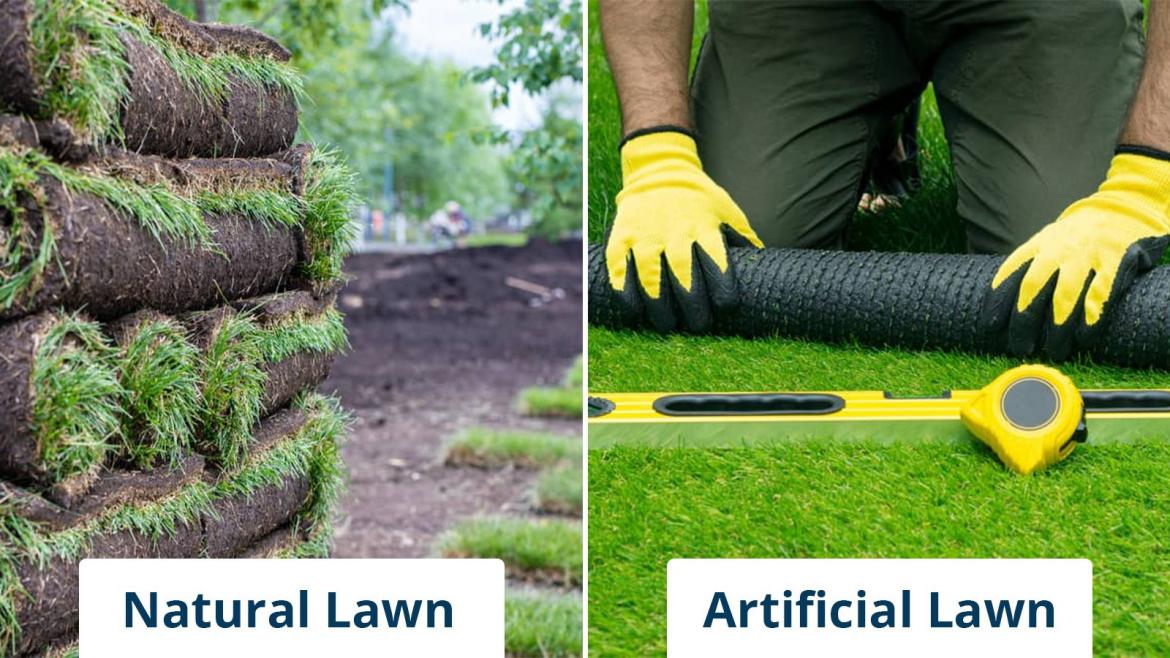
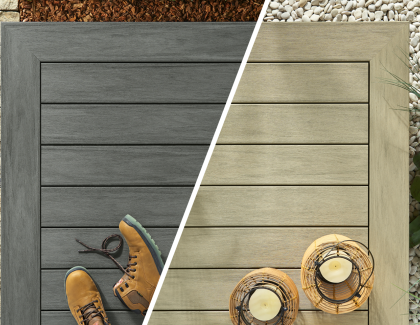

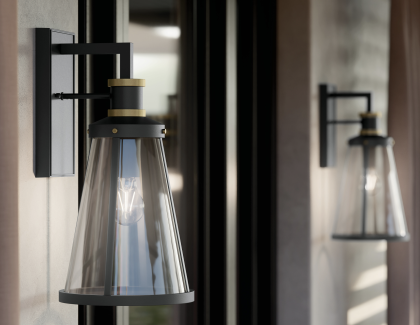

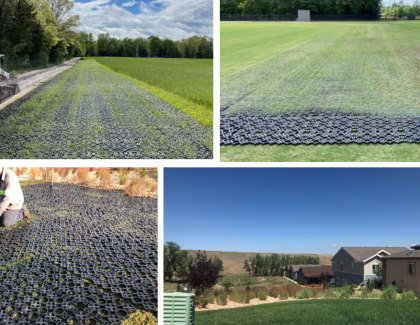
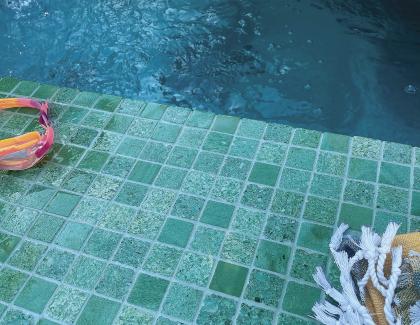
Add new comment